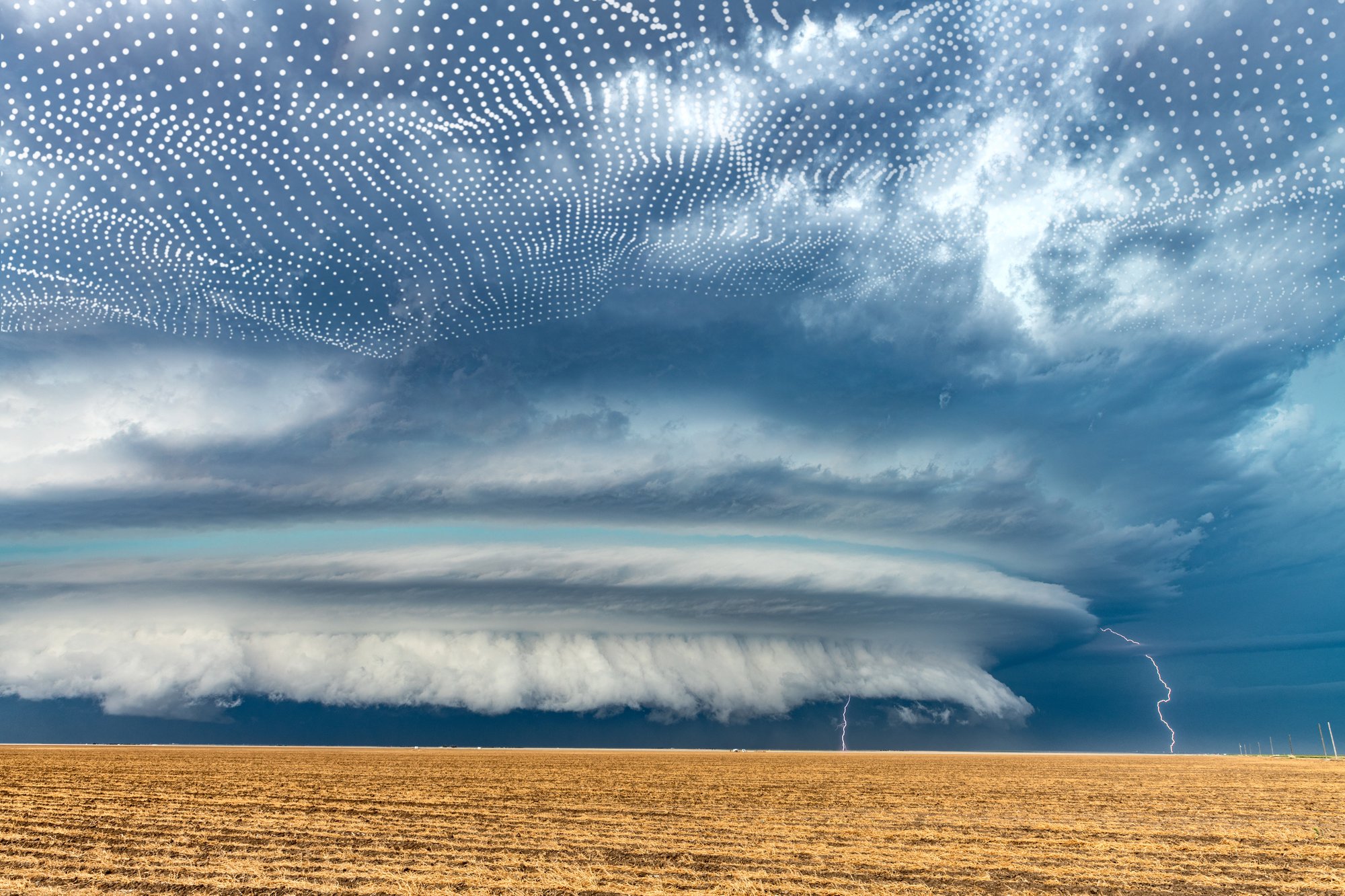Data and Digital Tools: Utilities’ First Defense for Extreme Weather Events

According to the Environmental Protection Agency, average temperatures are rising, with nine of the top 10 warmest years since 1998. Extreme temperatures, heat waves, flooding, drought, and tropical cyclone activity are increasing.
When severe weather events strike, the immediate impact can be loss of service or increased energy demand. However, over time, properly tracked data can reveal important information utilities need about vegetation management, risk management, future weather events, and energy demand.
From higher-than-average rainfall to tornadoes, hurricanes, and the winter storms that triggered the worst energy infrastructure failure in Texas state history, climate change is making severe weather events worse. The Texas winter storm caused 69% of Texans to lose power and 49 percent to experience water service disruptions while contributing to nearly $200 billion in indirect and direct financial losses.
Data: The Foundation Needed for Utilities to Protect Assets
No matter how resourced, it is impossible for any utility company to have eyes and ears on every inch of its critical network infrastructure. Regardless of the threat – flood, fire, theft, vandalism, and more – we rely on satellite imagery and other technologies to remotely monitor and keep critical infrastructure protected.
With extreme weather events on the rise, more and more utilities are using data and digital tools to be more prepared for severe weather and respond proactively.
When it comes to severe weather events, data helps utilities prepare and protect their critical network infrastructure. Here are a few examples of the types of data utilities can collect:
- Customer usage and demand
- Real-time asset condition and performance
- Weather forecasting
- Predictions for severe weather events based on patterns
- Historical weather
- Maps of underground infrastructure and utility power grids
- Vegetation imagery
- Service
- Satellite imagery
- Scheduled outages/unplanned outages
Digital Tools Help Utilities Prepare and Protect Assets from Extreme Weather Events
It’s not enough to collect accurate and timely data. Utilities need the right tools to analyze the data as well as help operators assign appropriate actions.
As an example, a utility can prevent damages by analyzing wind data and the local tree population. If the trees are pine, they would be more likely to break and fall into a utility transmission line than hardwood trees. By analyzing wind patterns, utilities can see what assets might be more vulnerable to damage. Then, electric utilities can plan to have extra resources in the area after the storm. They can assess existing projects to see how they can move people to where they are needed most. Analyzing data is about preparedness and planning instead of reacting to storms.
As climate change continues, getting utility workers to the right spot during different times of the year is going to be a bigger issue. Utilities can proactively communicate to customers about the potential for loss of service due to a storm when they are informed with data. Then utilities can prioritize feeder areas with more customers to get services there online first.
Data can also reveal when it’s safe for workers to respond to these critical events. For example, pipeline companies have to respond to severe weather events that affect their assets no more than 72 hours after it is safe to do so. With proper data analysis, it can be predicted when that 72-hour timer would start based on each operator’s criteria for “when it is safe to do so.” “When it is safe to do so” could mean that an operator requires two paths of ingress/egress to a site to consider it safe. Predicting this window allows the operators to meet their compliance regulations and increases the safety of their employees – a win-win for most operators.
In extreme heat conditions, electric lines droop. At the same time, electric usage goes up as people and businesses use air conditioning to cool off. Increasing the current through the lines will also make the lines droop and hit vegetation potentially sparking a fire. Informed with data about the vegetation, clearance, and weather patterns give utilities information for what they need to proactively mitigate risk.
Understanding Trends and Patterns in Data Help Utilities Prepare for Severe Weather
Every utility has different needs and requires a different solution to mitigate damage from extreme weather events. Some customers might be more concerned about flood risk, while others want to focus on vegetation management.
The Irth team seeks to understand your workflows, current data and data gaps, and the goals you want to achieve. Over time, we can configure our platform to address your evolving needs.
Contact us today to see how we can help you plan and protect your critical network infrastructure from extreme weather events.
